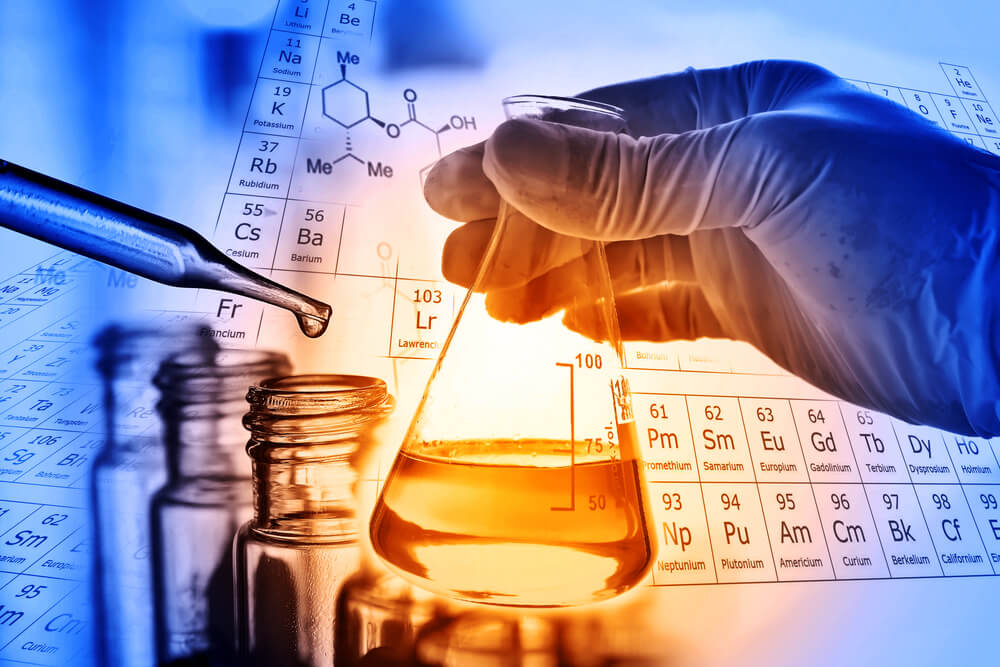Introduction: no one wants to suffer an acid burn. Let alone encounter or experience the pain of suffering from other chemical burns. Most chemicals are reactive in contact with human skin or tissue.
.png)
Best Ways of Preventing Chemical Burns & Treatment Incase.
(a). Read all instructions and guidelines on chemical bottling and packaging before opening and using the chemicals.
(b) . Allow only trained and experienced staff to handle extremely flammable or combustible chemicals.
(c). Do not let minors or children near the storage place for the chemicals
(d). Always track and monitor the storage conditions of the chemicals
(e). Do not let smoke or fire-causing substances interact with hazardous chemicals.
(f). Keep a responsive first aid kit and fire-fighting equipment handy
(g). Store all chemicals and hazardous stuff in the right temperature and surroundings.
Chemicals stored in the right aeration and breathable environments can stay at the right temperatures. Air-tight locations may induce fires or create oxygen-less areas that are right for igniting fires.
(h). Use the right professional gear while handling highly corrosive chemicals. Acids, phenols, sulphuric acid solutions, or sodium hydroxide solutions are highly corrosive when in touch with human skin tissue.
What are the best fast ways for chemical burns treatment?
Depending on the seriousness of the injury, these actions can be part of first aid or instant relief and treatment:
(a). Washing with Diphoterine solution for a reduced reactivity of the chemical's corrosive and irritant properties. There are several benefits of using the Diphoterine solution, including:
- Stoppage of the chemical's corrosive & irritant properties on the skin or eyes.
- It prevents further penetration of tissues as it removes the chemical from the surface of the tissue.
- It reduces the chemical's reactive pH to a lower level (5.5-9) & prevents skin damage.
- It has a much longer intervention time than water.
(b). Wash with Hexaflourine solution in case of severe hydrofluoric acid injury or burns. The solution also has instant benefits to the skin in case of hydrofluoric acid injury and burns.
- It removes the chemical from the skin and eye surface before penetration
- It neutralises the chemical's aggressive reactivity
- It stops further chemical progress even if it has penetrated the skin surface. That reduces its effect on live tissues.
- It decontaminates the skin and eyes faster than water.
(c). Consult an experienced physician with the qualification and focus on chemical burns or skin injuries due to burns.
(d). Instant washing with water is temporary, depending on the chemical's reactivity composition.
Keeping these solutions handy in case of chemical injury and burn is good. They say preventing is better than curing at all times. Keeping your chemicals safe saves you a lot of pain and suffering.
Summary: Chemicals in any place are a potential source for injury in the form of burns, accidents, or, even worse, serious fires. The first aid in case of mishaps is standard and mandatory in most crowded or heavily used areas by humans. It's vital to have basic chemical first aid as several industrial, commercial, and residential places store chemicals for various uses. While managing an acid burn, chemical burn, or phenol burn and treatment, these methods are safe and trusted.
For More Info :-
Source URL :- https://sites.google.com/view/acid-burn-/home
Visit Our Social Link :-
https://twitter.com/DipHex_Ltd
https://www.linkedin.com/company/diphex-limited/

No comments:
Post a Comment